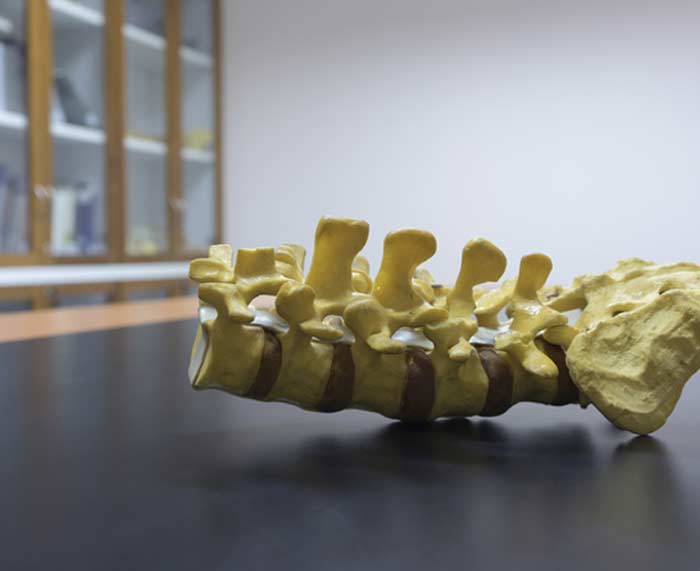
A lumbar sympathetic block can help relieve pain in the lower back or legs.
Some physical conditions could trigger painful sensations in the lower back or legs in some people. A procedure known as a lumbar sympathetic nerve block could be instrumental in treating or managing such symptoms.
If discomfort has been an ongoing issue and interferes with quality of life or normal function, it is worth considering.
What Is the Purpose of the Procedure?
This approach is designed to minimize and control lower back and leg pain related to the sympathetic nerves. Located on either side of the spine, these nerves can transmit pain signals to the central nervous system when certain health conditions exist. Guided by x-ray, the procedure offers a treatment plan that is minimally-invasive with quick recovery time. The intended outcome of the block is for the patient to experience a reduction in pain following a specifically placed injection.


Who May Be a Good Candidate?
Anyone suffering from lower back or leg pain caused by certain health issues might want to arrange for a consultation to find out if the lumbar sympathetic block could be beneficial. Expectations regarding outcome, any risks associated with the procedure in terms of patient health, and follow-up care can also be discussed at this appointment. Patients who may want to pursue this approach may include those suffering from a variety of conditions, including:
- Sciatica
- Peripheral neuropathy
- Shingles that has affected one of the legs
- Complex regional pain syndrome
- Inefficient blood flow to the lower extremities
What to Expect
In many cases, a patient may be given some medication to allow for relaxation during the procedure. This is to minimize anxiety and to make the patient more comfortable. A local anesthetic is sometimes also used to minimize discomfort in the lower back. A therapeutic substance, generally an anesthetic or steroid, is injected into the nerves on one or both sides of the spine to reduce the responses of the sympathetic nervous system. Due to the intended location of the injection site, patients can expect to lie on the stomach for the duration of the procedure. Once the injection site is prepared, a dye is usually administered to further confirm access to the targeted area. The process generally takes a half hour and typically requires only about 24 hours of downtime to recover.
This approach requires an individualized consideration on the part of the patient and physician. Not everyone will be a good candidate. A thorough and frank dialogue in a consultation will be a critical part of determining an appropriate treatment plan. In the event that a lumbar sympathetic nerve block is indicated, each patient will have the opportunity to find out just how the procedure could manage lower back and leg pain. For some, there may only be a couple of additional appointments. Others may benefit after several. It depends on many factors, including how long the pain symptoms had been present prior to treatment.
